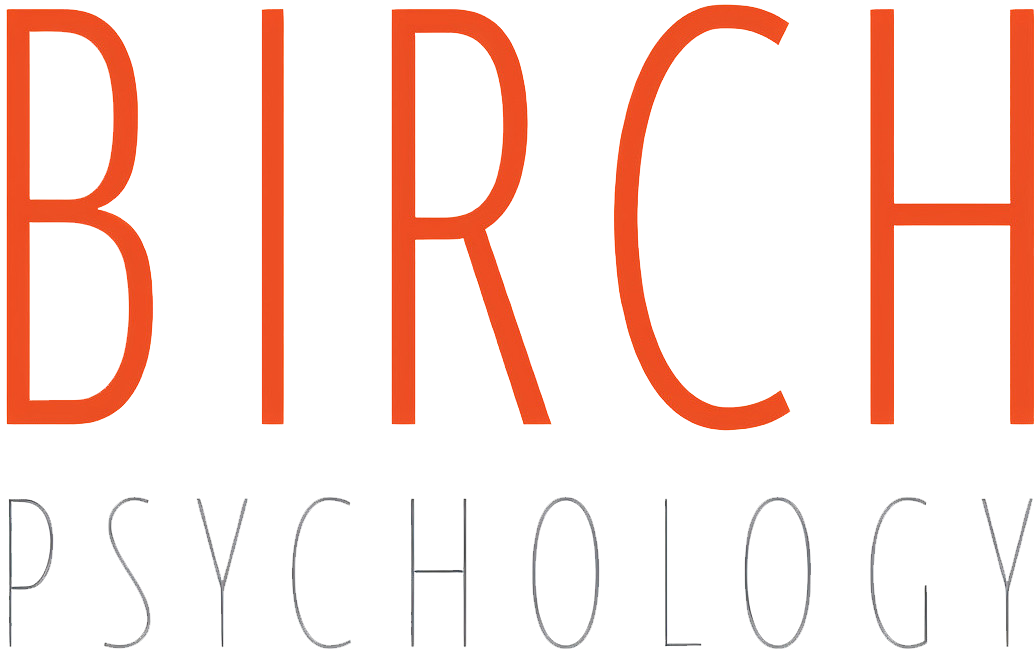How Gender Can Sometimes Define Diagnoses
Mental illness does not always show up the same in biological men and women. In fact, this is why men and women often go years, if not their whole lives without receiving an accurate diagnosis. Historically speaking, much of the information that we have on diagnostic criteria is based on research conducted on Caucasian, cisgendered, and heterosexual biological males. With that in mind, it makes a lot of sense that the results of that research do not necessarily apply to everyone with a certain mental illness. The diagnostic criteria and the way in which certain individuals display symptoms do not always match up. This is true for a number of different mental health conditions including schizophrenia, autism spectrum disorder (ASD), attention deficit hyperactivity disorder (ADHD), panic disorders, and others.
In individuals with schizophrenia, it is thought that certain psychosocial factors can add to the development of psychosis, including many factors that are often seen in women who are either menopausal or postmenopausal. Loneliness and a lack of social or familial support are factors, as are adverse life events. Women also tend to have more symptoms that relate to affect such as depression, impulsivity, emotional instability, and others; as compared to men who experience more overt negative symptoms.
ASD is another mental health condition that often sees individuals failing to receive a diagnosis due to a lack of telltale symptoms. Originally, it was thought that ASD was much more common in males than in females, however, we now understand that to be untrue. The lack of accurate diagnosis (even today!) is due, in part, to a difference in the way men and women display symptoms. While men commonly display the symptoms that we recognize to be associated with ASD more outwardly, women are more likely to camouflage their symptoms. Women are also less likely to show socio-communicative deficits, as well as how they camouflage their symptoms.
ADHD has a prevalence ratio of 2:1, showing that males are twice as likely to receive an ADHD diagnosis. This is often noted as being due to females adopting more inattentive and internalized symptoms as compared to males, who tend to be more outward in their displays of symptoms of ADHD, which are commonly noticed and recognized to be due to ADHD. External, overt symptoms are commonly recognized as impulsivity, defiance, hyperactivity, and rule-breaking. Internal, less obvious symptoms of ADHD are noted to be higher levels of distractability, disorganization, a lack of motivation, and forgetfulness.
There are a number of factors as to why biological males and females have differing displays of the same diagnosable mental health condition: biology and hormones, societal and/or cultural influence, and others. Whatever the reason or combination of reasons, it is critical that we all strive to better recognize and understand symptoms of mental illnesses, and empathize with everyone, regardless of whether or not they fit certain criteria. And if you are wondering if you or someone you know is struggling with finding the correct diagnosis, it never hurts to ask a few questions and have your voice heard!
Ayanna Schubert
Birch Psychology
Resources
https://www.ncbi.nlm.nih.gov/pmc/articles/PMC9438004/
https://www.ncbi.nlm.nih.gov/pmc/articles/PMC6753236/
https://www.psychiatrictimes.com/view/gender-differences-in-adhd-and-their-clinical-implications

